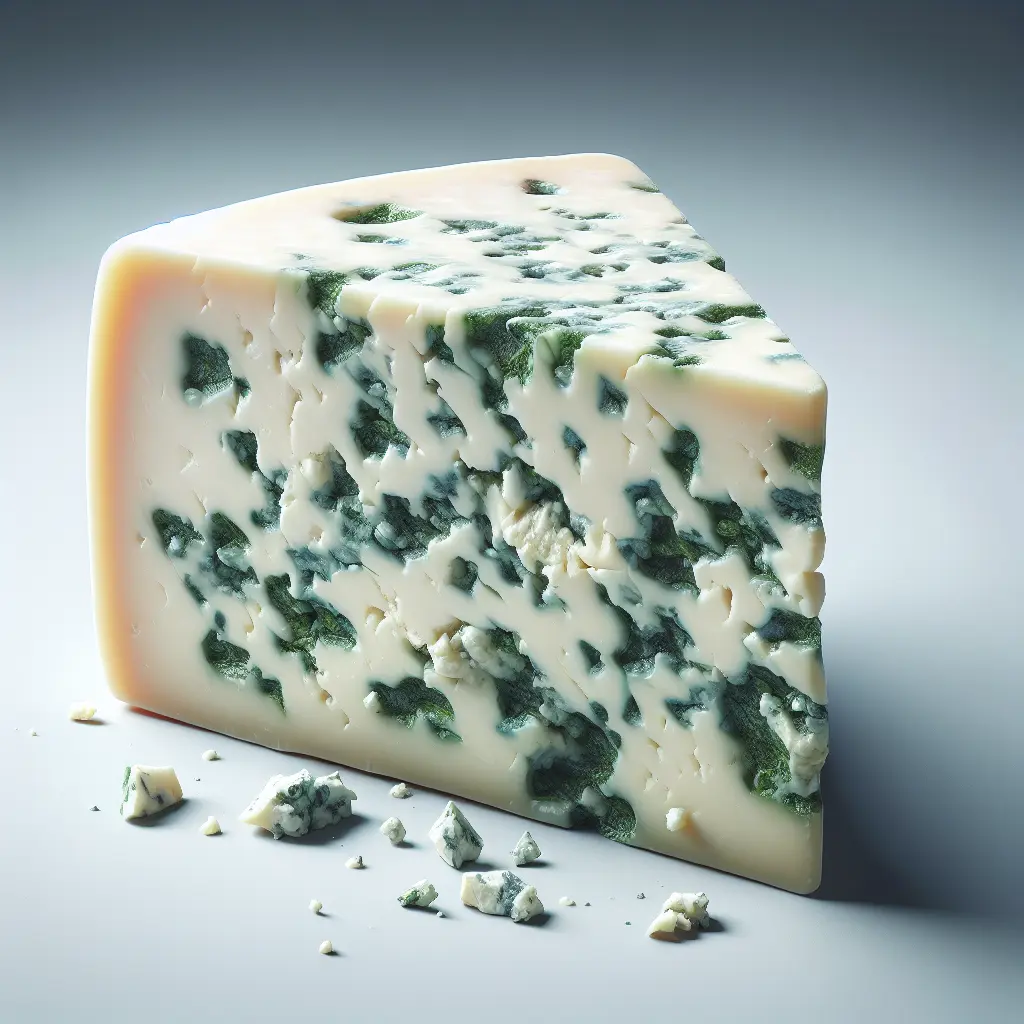Blue Cheese: A Historical and Culinary Journey
Blue cheese has a rich history that dates back to ancient times. Evidence suggests that people in the Middle East were making a form of blue cheese as early as the 10th century BC. The cheese was likely discovered by accident when cheesemakers noticed that certain molds had contaminated their product.
The production of blue cheese is a complex and delicate process. It begins with the selection of high-quality milk, which is then inoculated with a specific type of mold, such as Penicillium roqueforti or Penicillium glaucum. These molds are what give blue cheese its characteristic blue-green veins and pungent flavor.
Nutritional Value and Culinary Applications
Despite its strong flavor, blue cheese is a relatively low-calorie food. A one-ounce serving contains approximately 100 calories, 6.1 grams of protein, 8.1 grams of fat, 0.7 grams of carbohydrates, and 0 grams of fiber. Blue cheese is also a good source of vitamins and minerals, including calcium, phosphorus, and riboflavin.
The culinary applications of blue cheese are vast. It can be enjoyed on its own, paired with fruit or crackers, or incorporated into various dishes such as salads, pasta, and pizzas. Its unique flavor adds depth and complexity to these dishes and makes them a favorite among culinary enthusiasts.
Varieties and Flavor Profiles
There are many different varieties of blue cheese, each with its own unique flavor profile. Some of the most popular types include:
- Roquefort: A classic French blue cheese with a strong, salty flavor.
- Gorgonzola: An Italian blue cheese with a milder, sweeter flavor.
- Stilton: An English blue cheese with a tangy, nutty flavor.
- Cabrales: A Spanish blue cheese with a creamy, buttery texture.
- Maytag Blue: An American blue cheese with a sharp, peppery flavor.
Conclusion
Blue cheese is a true culinary delight that has stood the test of time. Its distinctive flavor and versatility make it a favorite among cheese lovers worldwide. Whether you enjoy it on its own or incorporated into your favorite dishes, blue cheese is sure to tantalize your taste buds and leave a lasting impression.
How many calories are in Blue Cheese?
Each 1 oz of Blue Cheese contains 100 calories.
Blue Cheese Nutritional Information
| Nutrient | Amount per 1 oz (28g) |
|---|---|
| Calories | 100 Calories |
| Protein | 6.1g |
| Fat | 8.1g |
| Saturated Fat | 5.3g |
| Cholesterol | 0.021mg |
| Carbohydrates | 0.7g |
| Dietary Fiber | 0g |
| Sugar | 0.1g |
| Sodium | 0.325mg |
| Potassium | 0.0726mg |
| Calcium | 0.15mg |
| Iron | 0.0001mg |
